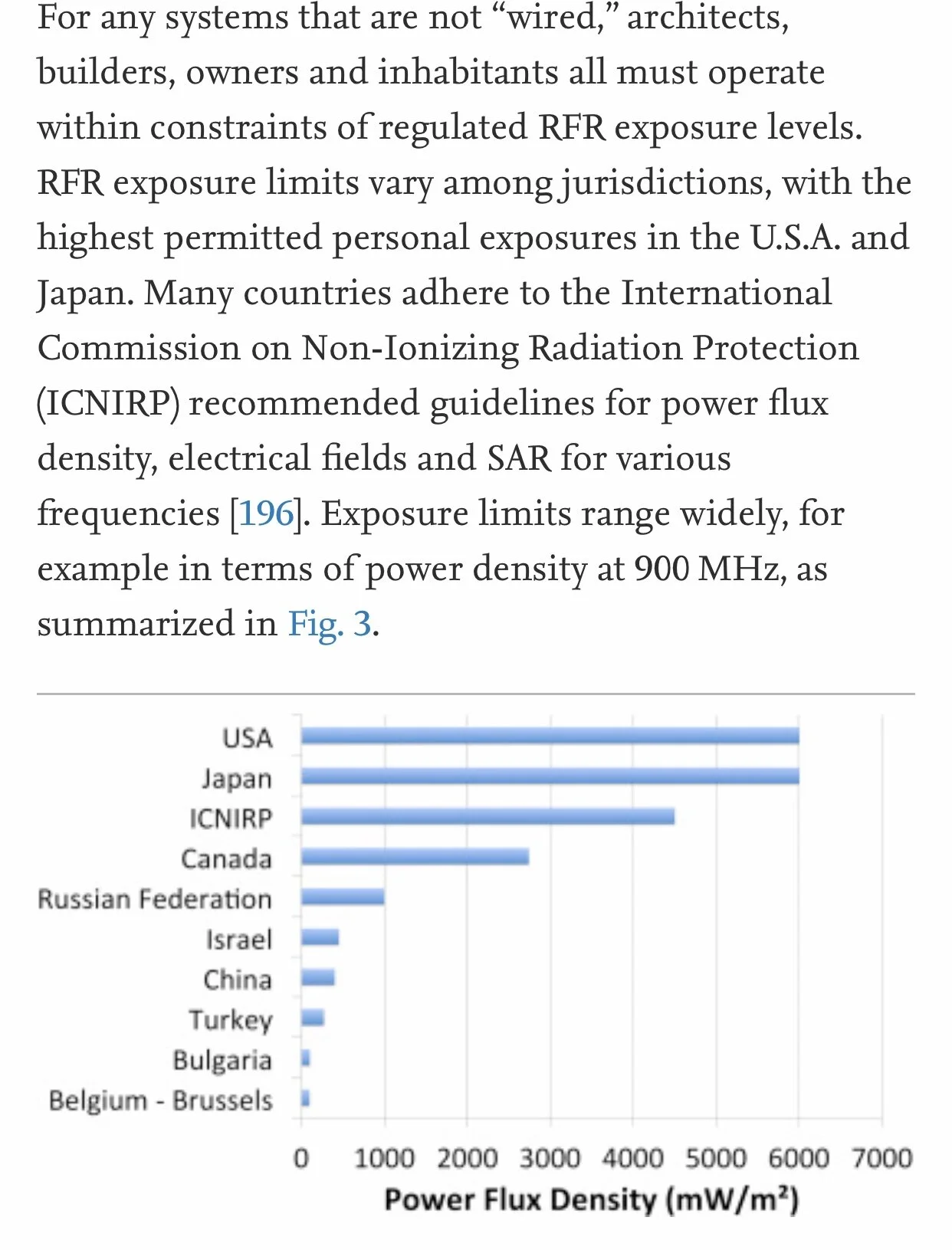In this study in Kuala Lumpur, Malaysia, researchers assessed 202 women who attended routine gynaecology appointments. They tested the blood lead levels and the neuropsychological score of women who were in their third trimester of pregnancy.
Conclusions
The mean blood lead of the respondents was 7.78 μg/dL (Figure 2), which is more than the blood lead of electronic industries soldering workers (6.10 μg/L) (4). Pregnant women need an optimum nutrient such as Ca2+ and Fe2+ or Fe3+, for the growth of the babies (5,6). The body tends to absorb lead if the calcium and iron intake were insufficient in the diet.
Almost one-third (27%) of the respondents have blood lead concentrations of more than 10 μg/dL—the maximum limit recognised for pregnant women.
The blood lead for these pregnant mothers had an inverse significant correlation with their scores in a neuropsychological test (Digit Symbol, Digit Span, Trail Making, Benton Visual Retention Test and Reaction Time).
The NCTB test result shows that pregnant mothers with high blood lead have difficulties in concentrating and have short– term hearing and visual abilities (Digit Span Test, Benton Visual Retention Test). They have slow motor speed through vision (Digit Symbol Test) slow reaction toward visual stimulation (Reaction Time Test) and low attention ability, visual scanning and visual motor trailing (Trail Making Test).
This supports previous studies showed that blood lead among female workers had the abilities to lower the NCTB score (12,13).
LINK TO THE STUDY: https://www.researchgate.net/publication/340582193_Blood_Lead_Concentrations_and_The_Neuropsychology_Scores_of_Pregnant_Women_in_Klang_Valley_Malaysia










